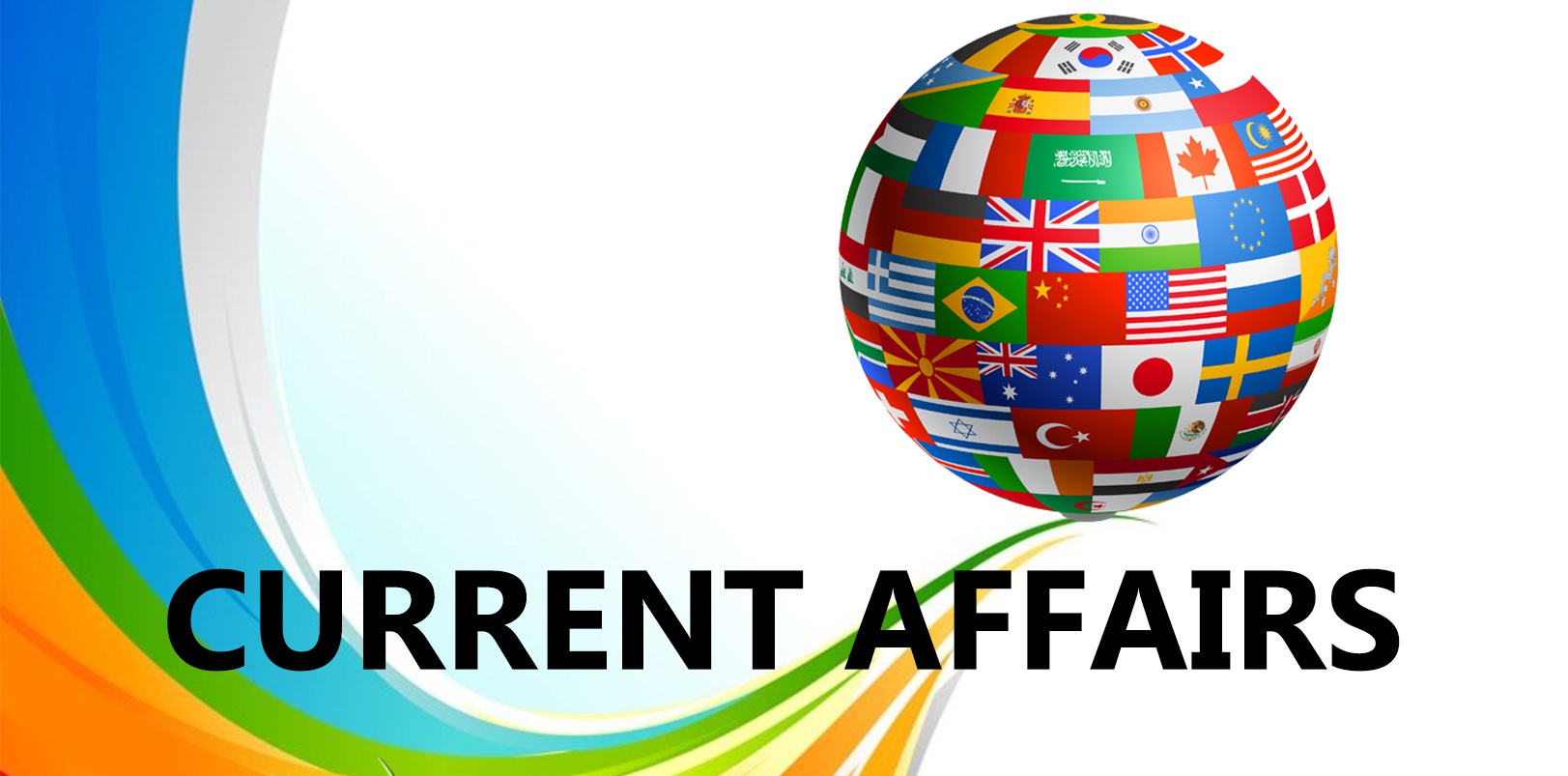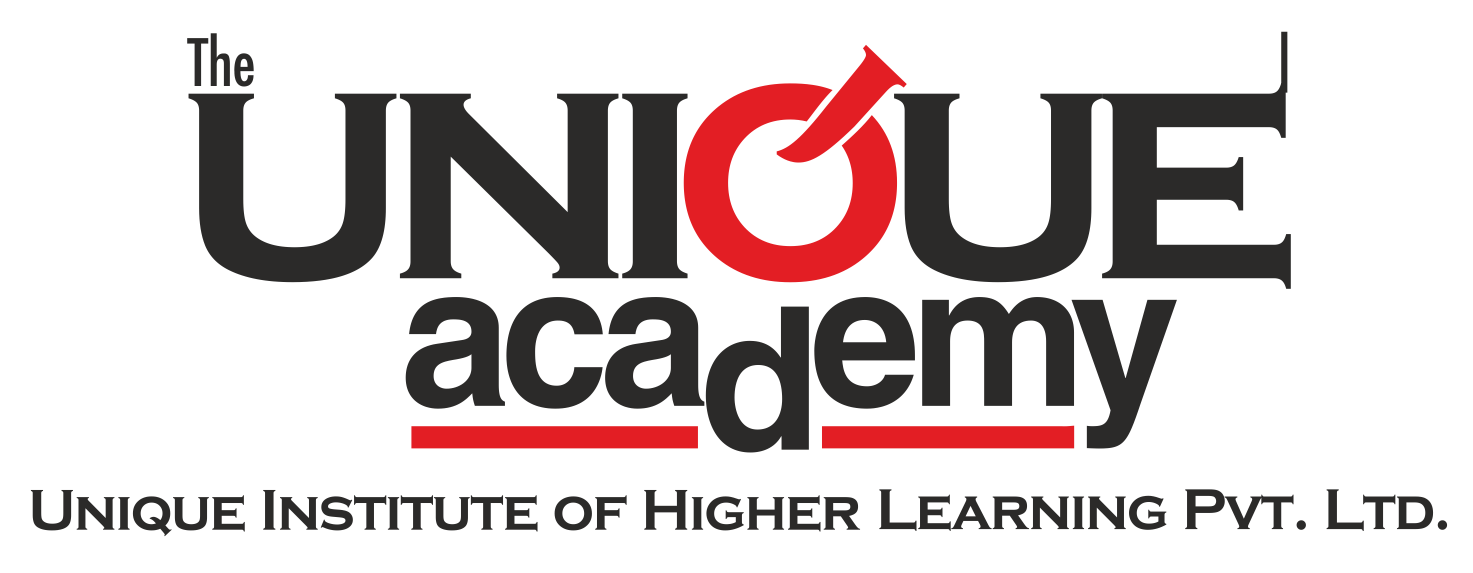
Integrated Child Development Scheme (ICDS)
Why is it in the news?
- According to a paper published in a WHO bulletin recently, Anganwadi services have a poor reach among key beneficiaries- the poorest of the poor and uneducated mothers.
More in the news
- The study analyses the findings of the National Family Health Survey 2005-2006 and 2015-2016 to compare the coverage of ICDS over a 10-year period.
- Findings:(1) The average respondents benefiting from these services increased:(a) From 9.6% to 37.9% for supplementary food,(b) From 3.2% to 21% for health and nutrition education,(c) From 4.5% to 28% for health check-ups and(d) From 10.4% to 24.2% for child-specific services over a period of 10 years.
- At the same time, the poorest of the poor or quintile 1, got left behind by 2016 for all four indicators such as supplementary food, counselling on nutrition, health check-ups and early childhood services.
- Mothers without any schooling were the lowest beneficiaries as compared to those with primary and secondary schooling in 2006, and they continued to be so in 2016.
- ICSD(1) Integrated Child Development Services (ICDS) Scheme is a centrally sponsored scheme.(2) It provides a package of six services at anganwadi or child-care centres to young children and pregnant women and lactating mothers.(3) These services include supplementary nutrition, referral services, immunisation, health check-up, pre-school non-formal education and health and nutrition education.
Source
The Hindu.

